Bradfield is in the Hundred of Theale and mentioned in the Domesday Book of 1086.
In 1834 it became the administrative centre of the Poor Law Union which was the largest in Berkshire covering 28 parishes including the small town of Theale. The Union was built by Rev Thomas Stevens which in the 1900s became Waylands Hospital. In 1990 the Hospital was demolished except from the front which is incorporated in the new housing development. It is now part of the West Berkshire Unitary Authority, but retains its own Parish Council.
Bradfield is recorded in Saxon documents as a settlement called “Bradanafelda”. In the 11th century it was known as “Bradefeldt” and 13th century as “Bradefeud”
The old Bradfield village is dominated by the College which was founded in 1851 by the Rev. Thomas Stevens. To the west is the later development of the village is known as Bradfield Southend.
Adjoining parishes
Ashampstead, Basildon, Beenham, Bucklebury, Englefield, Pangbourne, Ufton Nervet.
Churches
St Andrew’s is an ancient church in Bradfield village situated below the College building; St. Peter’s is located in Bradfield Southend; Bradfield College Chapel is located in the College groundsbut alongside the road from Pangbourne to Bradfield Southend; and the Methodist Chapel is in Tutts Clump, which before its present building was in the hamlet of Rotten Row
Genealogical resources
See Berks FHS Books for coverage of this parish in the society’s range of CDs.
See also Berkshire Record Office holdings.
Manorial History
Bradfield Manor is first mentioned in the 7th century granted by King Ini the lawgiver of Wessex. In 1755 it was sold to the Rev Thomas Stevens grandfather. Rushall Court is a nominal manor owing suit and service to Bradfield Manor and can be found in records from 1241 as a tenancy. There were three mills along the River Pang which flows through the village, of which nothing remains.
